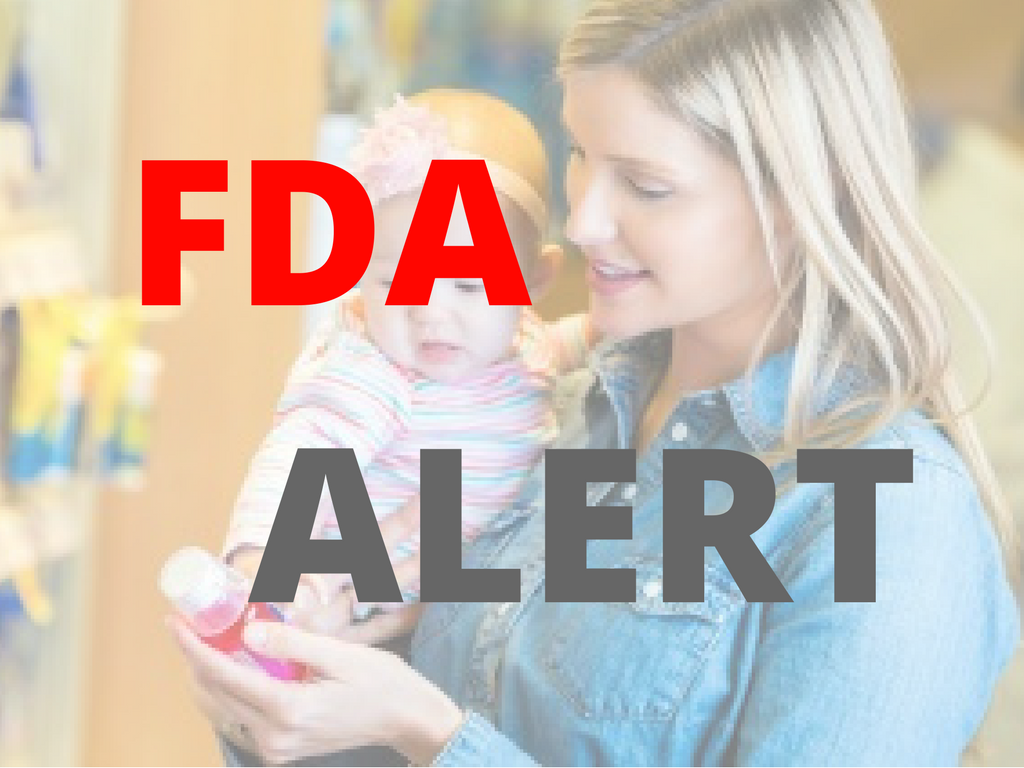What is codeine and tramadol?
Codeine is an opioid pain medication used to treat mild to moderately severe pain and cough, and tramadol is a narcotic-like pain reliever used to treat moderate to severe pain. Both codeine and tramadol works in the brain to change how your body feels and responds to pain.
Read more about codeine here and tramadol here.
FDA Announcement
The FDA is recommending restricting the use of codeine and tramadol medicines in children and breast feeding mothers. These medicines carry serious risks, including slowed or difficult breathing and death, which appear to be a greater risk in children younger than 12-years-old. These medicines should not be used in children under the age of 12, should be limited in some older children, and should not be used by breastfeeding mothers due to the possible harm to their infants.
As a result, FDA is requiring several changes to the labels of all prescription medicines containing these drugs. These new actions further limit the use of these medicines beyond the 2013 FDA restriction of codeine use in children younger than 18-years-old to treat pain after surgery to remove the tonsils and/or adenoids.
FDA is now adding:
– FDA’s strongest warning, called a Contraindication, to the drug labels of codeine and tramadol alerting that codeine should not be used to treat pain or cough and tramadol should not be used to treat pain in children younger than 12-years-old;
– a new Contraindication to the tramadol label warning against its use in children younger than 18-years-old to treat pain after surgery to remove the tonsils and/or adenoids;
– a new Warning to the drug labels of codeine and tramadol to recommend against their use in adolescents between 12 and 18-years-old who are obese or have conditions such as obstructive sleep apnea or severe lung disease, which may increase the risk of serious breathing problems; and
– a strengthened Warning to mothers that breastfeeding is not recommended when taking codeine or tramadol medicines due to the risk of serious adverse reactions in breastfed infants. These can include excess sleepiness, difficulty breastfeeding, or serious breathing problems that could result in death.
What do you have to do next?
ALWAYS READ THE LABEL ON PRESCRIPTION BOTTLES. The labels on the prescription bottles contain information for you to find out if a medicine contains codeine or tramadol. You can also ask your child’s health care provider or a pharmacist. Watch closely for signs of breathing problems in a child of any age who is taking these medicines or in infants exposed to codeine or tramadol through breastmilk. These signs include slow or shallow breathing, difficulty or noisy breathing, confusion, more than usual sleepiness, trouble breastfeeding, or limpness. If you notice any of these signs, stop administering the medicine and seek medical attention immediately by going to an emergency room or calling the emergency number in your respective countries (such as 911 in the US, or 000 in Australia).
The FDA is encouraging all health care professionals and patients to report any adverse events or side effects related to the use of codeine or tramadol to the FDA’s MedWatch Safety Information and Adverse Event Reporting Program online or call 1-800-332-1088 (US Toll-free number).
Read the full FDA alert here.













